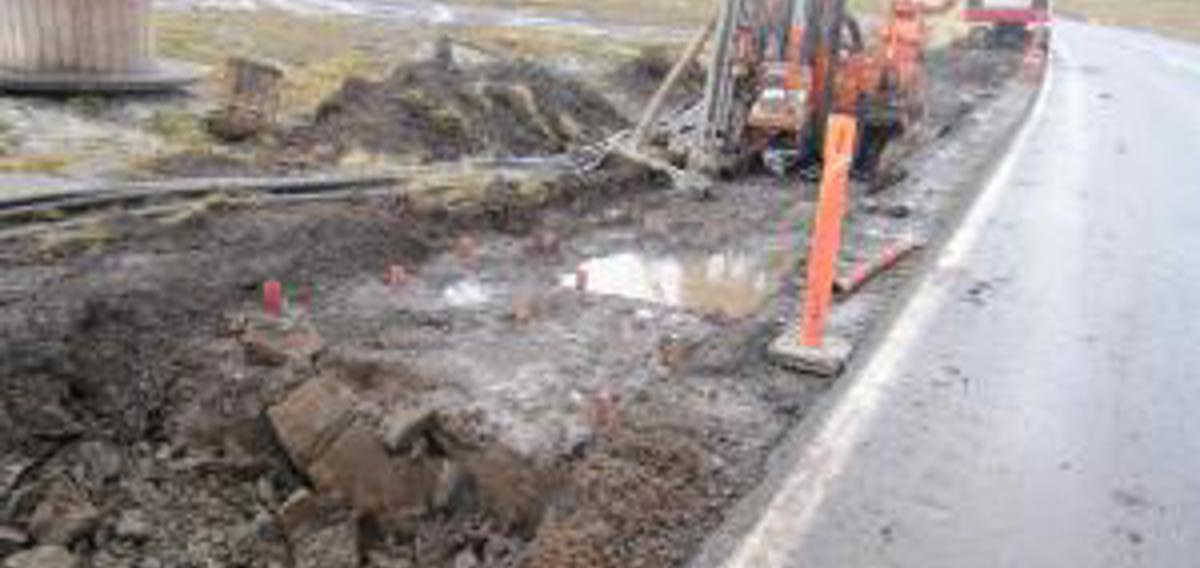The majority of the power grid is now underground

The systematic work to replace the high-voltage power lines with underground cables continues. If everything goes as scheduled, within the next eight years both the 10 kV and the 20 kV power grid will be underground throughout the country. These grids transmit power from the transformer coupling stations to the 400 V network, which in turn distributes electricity to ordinary homes, government offices and businesses.
SEV has placed the entire 400 V network underground, and so far approximately 75% of the 10 and 20 kV networks are now underground. The length of these two networks is 828 km, and the length of the 400 V network is 768 km.
As a consequence of the 1988 Christmas storm, which damaged the entire power supply system, SEV initiated a systematic programme to dismantle the aboveground power lines and replace them with underground cables. When the remaining 10 and 20 kV networks are finally converted to underground cables by 2022, the next project will be to place the 60 kV network underground. Soon, a project plan will be prepared for the conversion of the aboveground 60 kV network to underground cables.
The 60 kV network is the extensive transmission network that transmits electric power from the generating power plants to SEV’s transformer stations and then to the 10 and 20 kV grids that transmit the electricity onward to the 400 V grid. The total length of the 60 kV network is 112 km. Over the past few years only some 30.5 km, or 27%, of the 60 kV grid has been laid underground.
During the construction of the Húsahaga windfarm and its associated transformer station, the 60 kV transmission grid connecting the new transformer station, Sundsverkið and station at Varðagøta will be placed underground.
The programme to convert the aboveground power transmission lines to underground cables, initiated 25 years ago, has produced many positive effects, including a significant reduction in power supply faults since the late 1980s. In 1989, there were 197 confirmed faults. In 2012, the number of faults had fallen to 22 and to 18 in 2013. Thus, the number of faults has been reduced by 89% over a span of 25 years.
Generally, a fault in the high-voltage grid does not lead to a system-wide power failure, although it can in certain instances. However, there is no doubt that the conversion of the aboveground power lines to underground cables has significantly reduced the number of power failures, because now the power supply is safely underground and secure against severe storms. Combined with the new Power Hub System, the high-voltage underground cable system helps to prevent power failures in the Faroe Islands.
